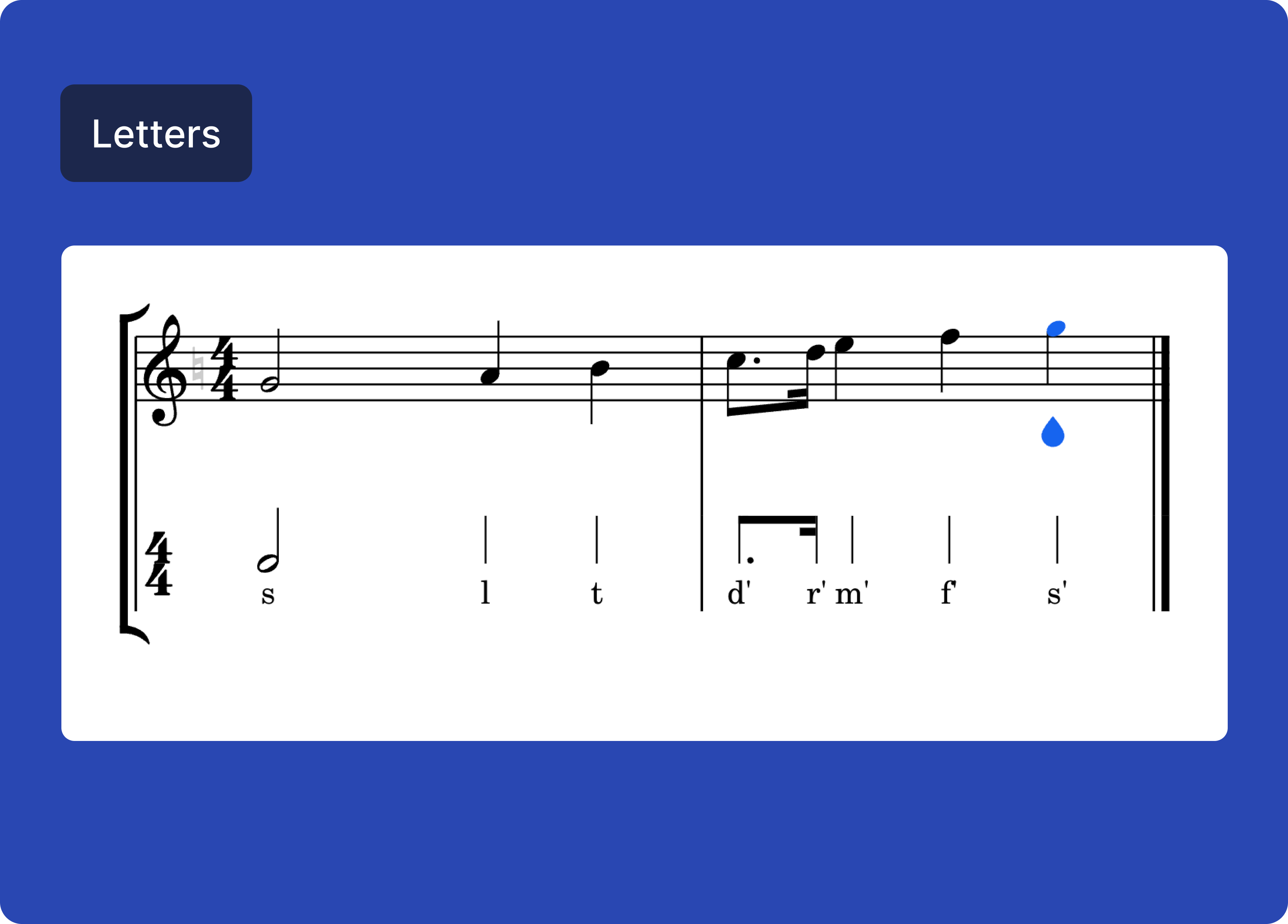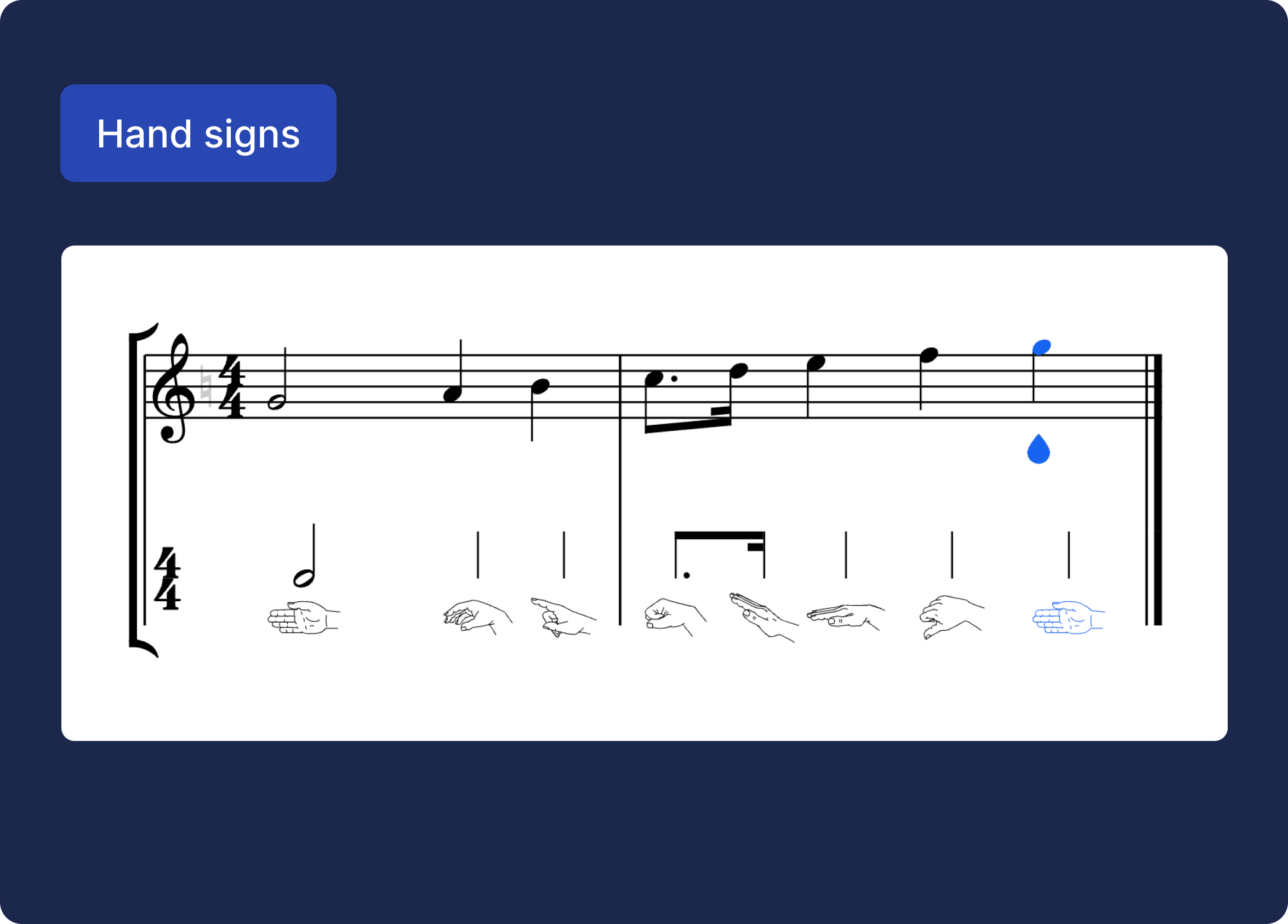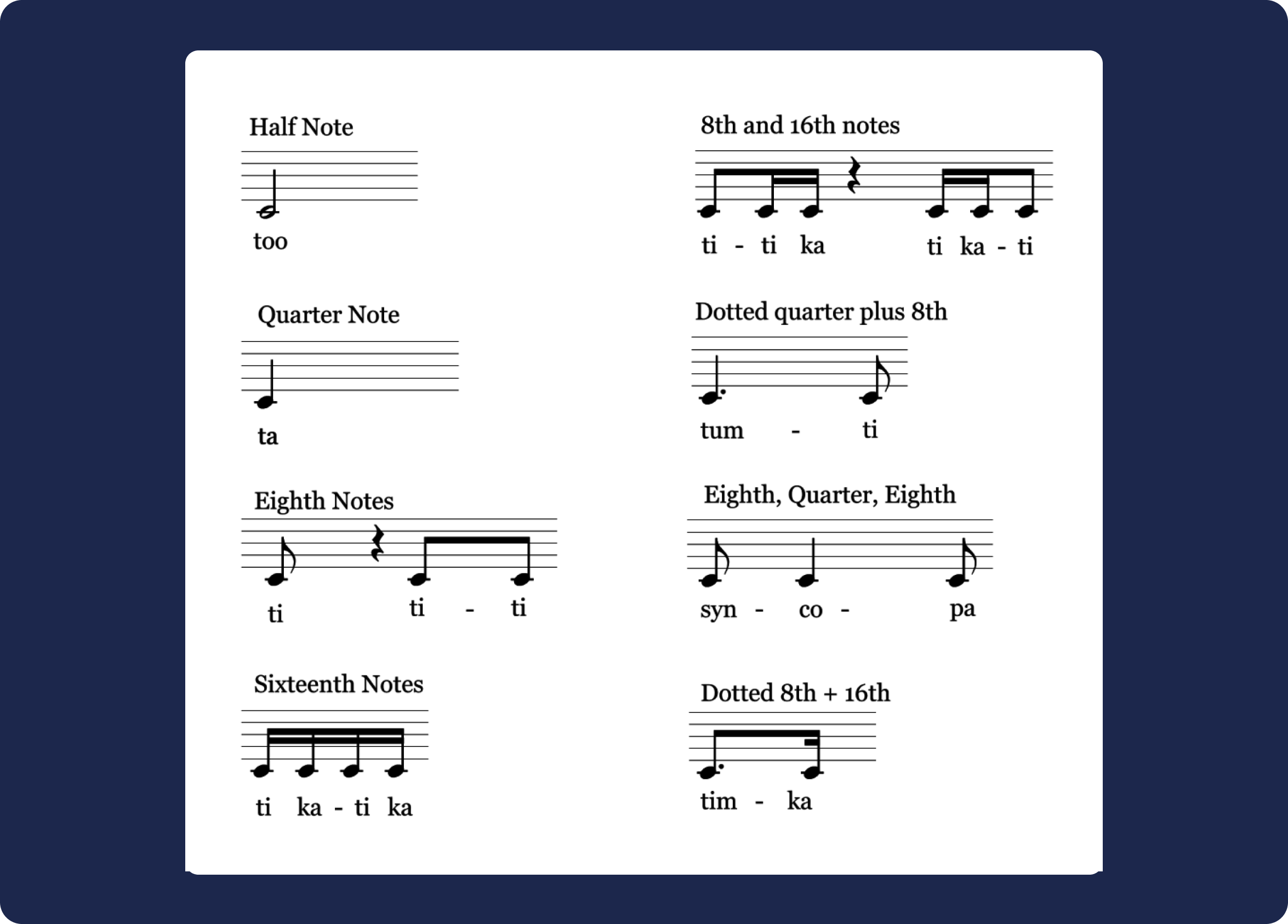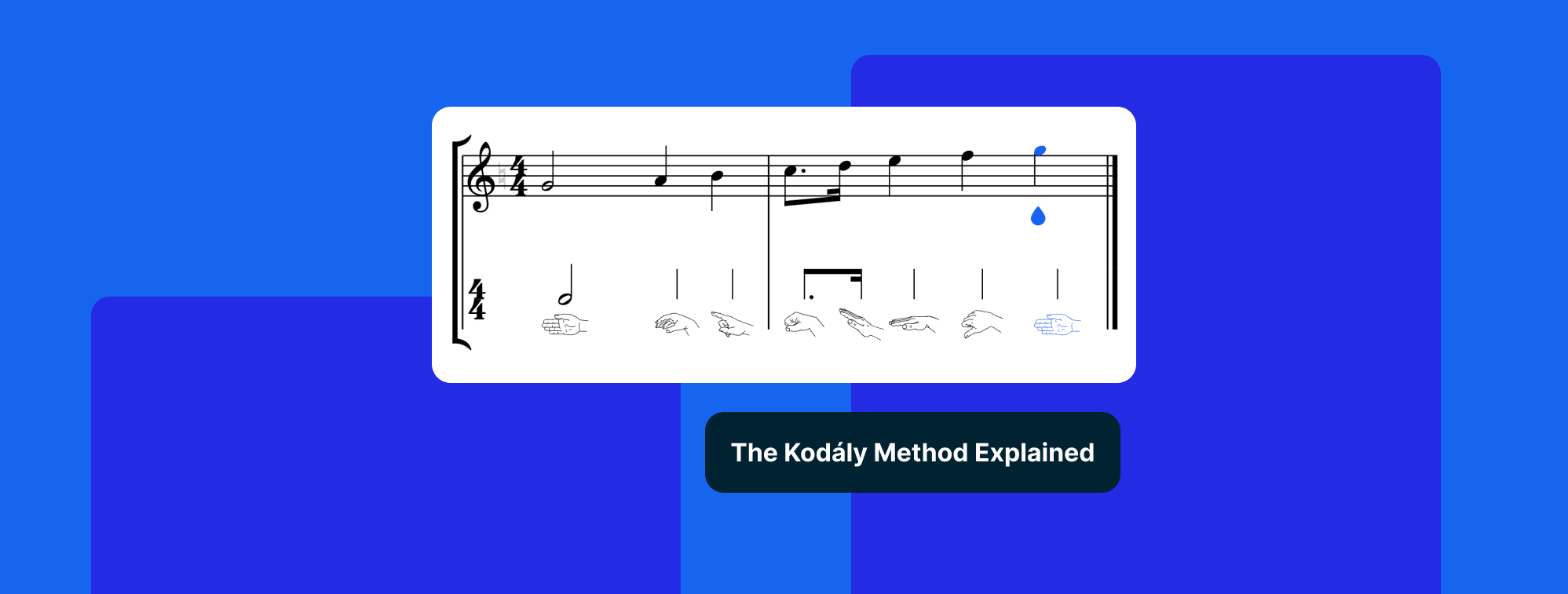Education shapes not only what we know but how we think, feel, and engage with the world. Music education, in particular, is a powerful force that influences empathy, critical thinking, and creativity. But too often, education becomes rigid and standardized, drifting away from its true potential: forming thoughtful, expressive individuals. Thankfully, pioneers like Zoltán Kodály challenged this status quo by creating one of the most impactful approaches to music education: the Kodály Method.
💁️ Today I want to talk to you about this outstanding music educator and philosopher, the Kodály Method he invented, the story behind it, its principles, and its ongoing relevance.
Who Was Zoltán Kodály?
Zoltán Kodály was born in 1882 in Hungary. A prolific composer, philosopher, and educator, he believed deeply in the transformative power of music. Through his travels and study of folk traditions, he began to envision a more intuitive, emotional, and culturally grounded approach to music education. His deep appreciation for Hungarian folk music and commitment to early childhood education laid the foundation for what would become the world-renowned Kodály Method.
"His body of work was a distinctive blend of classical, late romantic, impressionistic, and modernist – rooted in the folk traditions of Hungarian music" - Musical U
Kodály recognized that folk music plays a vital role in cultural identity and saw its potential as a powerful educational tool. Because children were already familiar with folk songs from a young age, he found that using them in the classroom made teaching music literacy and ear training more natural, engaging, and effective.
Over time, he developed a method that emphasized creativity and expressiveness over technical skill or theoretical knowledge alone. Drawing from a variety of interactive teaching techniques, Kodály aimed to foster a love for music through meaningful, student-centered learning experiences.
His method was eventually integrated into Hungary’s national education curriculum, where it proved highly effective. In the 1970s, the Kodály Institute was founded, and since then, the method has spread widely, influencing music education practices around the globe. 🌍
What Is the Kodály Method?
The Kodály Method is a philosophy and framework for teaching music that centers on the learner. Instead of prioritizing theory or technical mastery, Kodály emphasized creativity, collaboration, and cultural identity. His method makes music accessible to all, especially children, by starting with what they already know: their voices and their cultural musical heritage.
Kodály was motivated by a need to improve music education and preserve Hungarian culture. He believed that music should be taught from a young age, in the child's native language, and rooted in familiar folk songs. The Kodály Method aims to make music education universal, intuitive, and student-centered.
"The goal of Kodály music education is to give students a first-hand connection to music and to never make it seem like a dry academic exercise. Even fairly advanced topics like syncopation, counterpoint, and improvisation can be taught via the Kodály concept" - Itzhak Perlman
Core Principles of the Kodály Method
1. Singing First: Kodály considered the human voice the most natural and accesible instrument. Using solfege with a movable "Do", students develop pitch accuracy and musical memory. Singing builds internal hearing and makes music deeply personal.
2. Folk Music and Mother Tongue: Teaching through folk songs in a child’s native language connects music to emotion and memory. Kodály saw this as a way to preserve cultural identity while simplifying musical concepts.
3. Start Music Education Early: Music learning should begin in early childhood. Kodály believed that young minds are most open to developing musical sensitivity and creativity.
4. Logical, Sequential Learning: Music should be taught in a structured yet flexible way. Lessons build gradually from simple to complex, mirroring how language is acquired.
5. Joy and Satisfaction: Learning music should be joyful, not rigid. Kodály encouraged playful, interactive activities to keep students engaged and inspired.
Beyond the core principles, two additional aspects are central to Kodály’s philosophy. He firmly believed that teaching music literacy and theory should never be about imposing rigid rules or limiting students. On the contrary, it should be a way to unlock creativity and self-expression. For Kodály, creativity was an exercise in freedom.
His method emphasizes interaction, collaboration, and collective creation. These experiences help children develop musical confidence while also strengthening their empathy, emotional awareness, and sense of responsibility toward others.
Kodály Tools and Techniques
Movable "Do" Solfege
Movable “Do” is a solfège system where each note in a scale is assigned a syllable (Do, Re, Mi, Fa, Sol, La, Ti), and “Do” always represents the first note of the scale, no matter the key. For example, in C major, “Do” is C; in D major, “Do” is D.
This system teaches students to focus on the function and role of each note within a key — not just its absolute pitch. “Do” feels like “home,” “Sol” feels like a point of tension, and “Ti” wants to resolve to “Do.” By learning how each note behaves in context, students develop a strong sense of relative pitch and internalize musical structure.
Because the syllables shift with the key, students become comfortable transposing melodies to different keys and recognizing patterns by ear. This makes the process of reading, writing, and improvising music far more intuitive and musical, rather than mechanical.
Hand Signs
Kodály proposed using hand signs as a visual and physical aid to support pitch recognition. Each hand position corresponds to a specific note and reflects the size of the interval between pitches. This technique creates a connection between sound, sight, and movement, helping students internalize musical relationships. By engaging both the body and the mind, hand signs make abstract musical concepts more concrete and accessible.


Letters and Hand sings of Kodály Method
"The student associates each pitch not only with a memorable syllable, but also with a specific hand motion made at a specific level. The hand signs complement and strengthen solfedge learning" - Musical U
💡 Here you can find some fun exercises for practicing hand sings.
Rhythm
Rhythm can be one of the most challenging aspects of learning music. To address this, Kodály introduced rhythm syllables (such as “ta” and “ti-ti”) to make rhythm visual, vocal, and physical. Students chant or sing rhythmic patterns to internalize them and build fluency. The core idea is to assign specific syllables to different note values and have students speak or sing them aloud while studying, making rhythm easier to understand and remember.

Why the Kodály Method Matters
Kodály believed that the goal of music education was not to impose rules but to unlock creativity. Teaching music literacy and theory should empower students to explore, express, and connect.
The method encourages:
- ✅ Creativity
- ✅ Collaboration
- ✅ Cultural awareness
- ✅ Musical literacy
- ✅ Empathy and emotional intelligence
Group singing and collaborative exercises help children build not only musical skills but social-emotional learning. Kodály's approach reminds us that education must adapt to the student—not the other way around.
Where can I study the method?
🤓 You can begin learning in a self-taught (autodidactic) way. Kodály Today and An American Methodology are excellent books to start with. You can also explore this link for a list of recommended biographies. If you prefer a more structured path, you can pursue formal studies and become certified through one of the following institutions 🏫:
- The Kodály Institute
- The Organization of American Kodály Educators
- The British Kodály Academy
- The International Kodály Society
Final thoughts
Zoltán Kodály was a visionary who reshaped the landscape of music education. His innovative thinking gave rise to the Kodály Method, a framework so effective that it became a global benchmark in the field. But his influence extends beyond music—his philosophy challenges us to rethink how we educate children, urging us to prioritize creativity, collaboration, and critical thinking from an early age.
We still have much to learn from Kodály’s approach. His method reminds us that teaching should be centered on connection, cultural relevance, and human development—not just technical skill.
🎓 To all educators: your role is vital. May you continue to challenge conventions, inspire growth, and shape future generations through the power of music.
🙏 Thank you to every teacher who dares to innovate and helps redefine what music education can be in today’s world.

